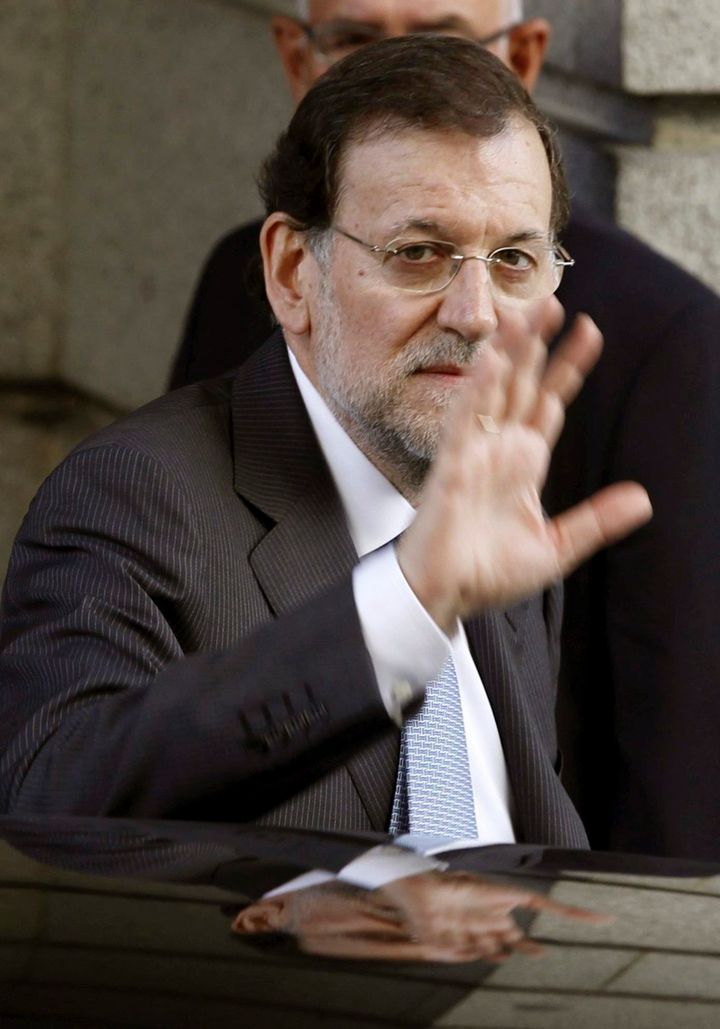
In the West Wing of the Moncloa someone must have spent the weekend wondering what went so wrong for reality to shatter a carefully designed plan to relaunch the battered Spanish trademark.
Last week's script included Prime Minister Rajoy's trip to New York; his speech in front of the UN General Assembly, greetings and picture taking with Obama, and a meeting with the Wall Street Journal editors. The King was also in New York participating in the meeting fostered by Bill Clinton, a trip that he made the most of by meeting with the editorial board of the New York Times.
It was a diplomatic offense to the highest level before the 2013 budget would be approved (last) Thursday, calculated to the millimeter to meet European austerity demands, completed by the X-Ray made public on Friday by consultancy group Oliver Wyman about the state of our banks and their capital needs. With the bills on the table and the homework done, we would have reached the tipping point: maybe that's why the finance minister, Cristóbal Montoro, ventured to predict the end of the recession for the following year.
Everything recounted happened according to a preexistent plan. Nevertheless, we choked on our coffee on Monday morning over the New York Times photo gallery portraying poverty in our country, while on Friday an article was published on the King, questioning the origins of his personal fortune and depicting him as a businessman who uses his influence to secure contracts for Spain while receiving luxury cars, yachts and houses as gifts. In the Wall Street Journal, analyst Matthew Lynn described Mariano Rajoy as a suicide driver for his strategy to delay the rescue petition to Brussels, trusting that the markets would cave in.
Not only these two newspapers -- the most influential in the U.S. -- but the entire international press echoed the protests of the 25-S and the police charges. In New York, Rajoy made a terrible communication mistake: he expressed his respect "to the majority of Spaniards who don't protest,who don't appear on front pages and who don't expose themselves in the news," assuming that those who weren't in the streets were automatically in tune with him.
Those words have had the power to rekindle spirits, and in El Huffington Post this week we've proved that our readers have been more active than ever in their comments, both in the news and the blogs. The articles most read and shared in social media in these last few days have revolved around the protests and social unrest: the one by philosopher German Cano, by Egyptian activist Basel Ramsis or photographer Jesus G .Pastor.
Politicians such as Uxue Barkos, Toni Canto, and Juan Moscoso addressed the awful task of delegates in the 25-S protests; In their post, Pilar Portero and Ana Canil reflected on the tense atmosphere inside the Parliament building that afternoon. Pedro Almodovar, immersed in the post-production of his latest film, " Los Amantes Pasajeros", wrote his post stimulated by what he defined as " the roars of reality." A reality that no longer gets filtered through traditional means, but by the many channels offered by new technologies; a stubborn and rebellious reality thats stands before the official scripts.
